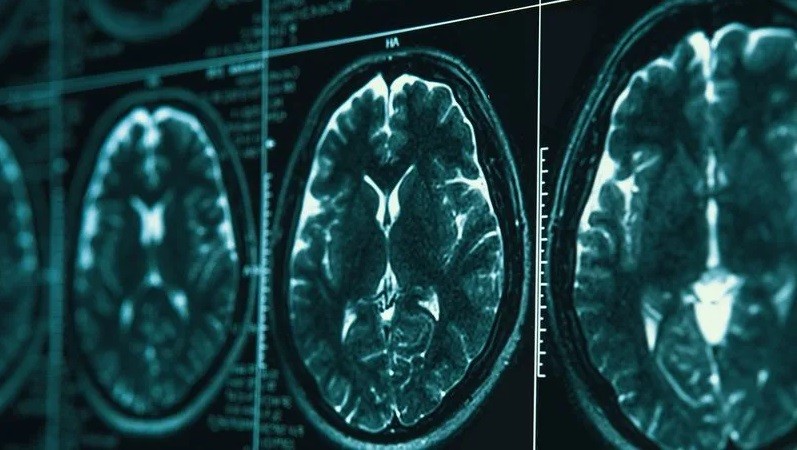30/01/2024
30/01/2024

NEW YORK, Jan 30: In a groundbreaking discovery, researchers in South Korea have identified a network of lymphatic vessels located at the back of the nose that plays a crucial role in draining cerebral spinal fluid from the brain. The findings, published in the journal Nature, unveil a previously unknown outflow path for the fluid, presenting potential implications for treating neurodegenerative disorders such as Alzheimer’s and other dementias.
According to Neuroscience News, the study sheds light on the drainage system's vital role in clearing toxins from the brain. Cerebral spinal fluid not only cushions the brain in case of impact but also transports metabolic waste products, antibodies, chemicals, and pathological products of disease away from the brain and spinal cord tissue into the bloodstream.
The accumulation of waste in the brain, if not properly expelled, can lead to damage to nerve cells, resulting in impaired cognitive function, dementia, and other neurodegenerative disorders. Therefore, regulating cerebrospinal fluid production, circulation, and drainage has been a long-standing focus of scientific attention, particularly concerning age-related conditions like Alzheimer's disease.
The researchers, led by Gou Young Koh, director of the Institute for Basic Science's Center for Vascular Research, utilized mice with fluorescent lymphatic markers and advanced imaging techniques to identify the network connecting to cervical lymph nodes. They speculate that activating the cervical lymphatics to enhance cerebral spinal fluid flow could open new avenues for treating neurodegenerative diseases, possibly involving medication or procedural interventions.
While the findings are promising, the research is in its early stages, and any tangible treatment outcomes are expected to be years away. The team plans to conduct further studies in primates to deepen their understanding of this drainage pathway and explore potential enhancements for targeting diseases like Alzheimer's.


